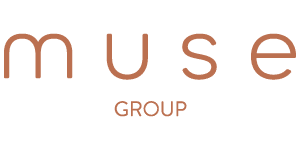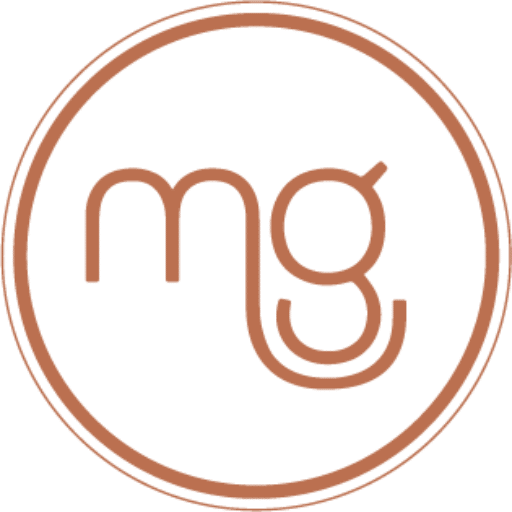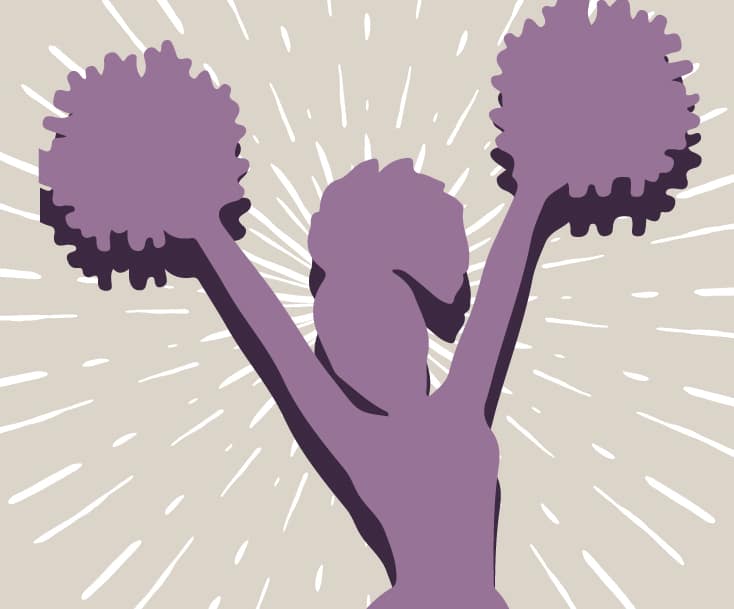
A Broadcaster’s Guide to Becoming a PR Pro
It feels like yesterday I was sitting at the news station listening to scanners while I wrote the 5 o’clock newscast. Every morning I would come in and sort through numerous press releases, deciding what we were going to cover that weekend. Just six short months ago, I would have never guessed that I would be sitting where I am today – interning for the ones who write and deliver those press releases.
I am a journalism major at the University of Nevada, Reno, about 3 weeks ago I increased the Muse Group’s female headcount from five to six by becoming their intern. Although my background is in broadcast, I decided to take this opportunity to broaden my knowledge in all aspects of the journalism field.
Since starting at Muse Group I have learned how beneficial a broadcast background can be in the PR and marketing world. Below I have listed some helpful tips for transitioning into an agency position.
- Speak their language. When communicating with news stations, remember that you can speak their language. Knowing how a newsroom runs, being aware of who truly decides what stories they cover, and knowing the “newsworthy” details they look for in an event can really work to the PR professional’s advantage. Don’t be scared to tell them how great of a Package your story could be, or that you will make sure they get a killer SOT.
- Be the interviewee not interviewer. When it comes to client events and promotions, you are now the interviewee, not the interviewer. However, you should not let your journalist interviewing mindset go. Use it to your advantage. Because you know how reporters think and what story they’re looking for, you can better prep your client for those questions.
- Use those connections. Now that you have connections, use them. When planning events for your clients you will need media attention. When it comes to media invites, it’s helpful to connect with your old colleagues to make their invites more personalized.
- Be the video guru. Video is quickly taking over social media. We see increased engagement on our client pages when video is used. Facebook announced this past year that number of video posts per person has increased 75 percent globally and 94 percent in the U.S. Plus, more than 50 percent of people who visit Facebook in the U.S. every day watch at least one video. When you’re brainstorming for new content, put your video production skills to the test.
My time at Muse Group has shown me how much news and public relations work together. The news relies on agencies to be aware of events and stories, and agencies rely on the news outlets to raise awareness about their campaign or event. Don’t be afraid to step outside your comfort zone.







